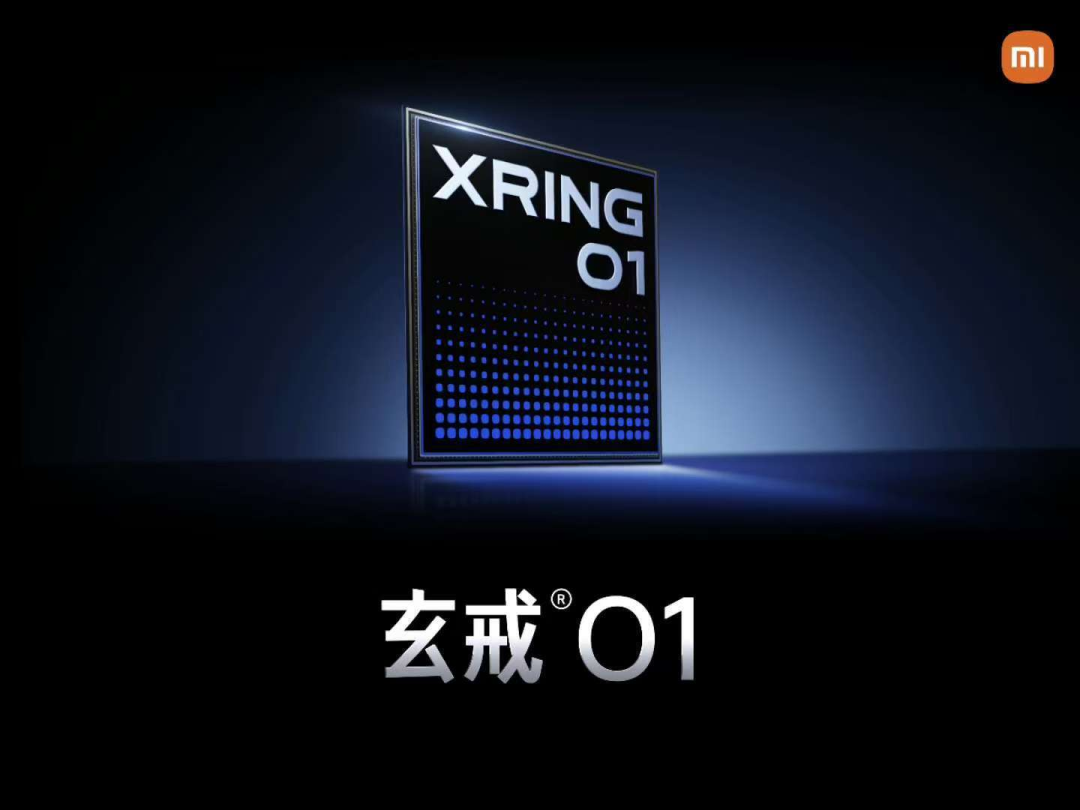Xiaomi Unveils "Xuanjie O1" Chip: A Strategic Return to Smartphone SoC Design
Published: May 19, 2025 18:24
On May 19, Lei Jun announced on Weibo that Xiaomi will hold a "strategic new product launch event" on May 22 at 7 PM. Besides the highly anticipated "YU7" vehicle, multiple new products will be unveiled. Among them, the most noteworthy is neither a car nor a phone, but a chip—Xiaomi's independently developed "Xuanjie O1." This marks Xiaomi's return to smartphone SoC design, with strategic significance comparable to its entry into automobile manufacturing.

source:Xiaomi
A Decade-Long Chip Journey: From Pinecone to Xuanjie, From Surge S1 to Xuanjie O1
Xiaomi's chip ambitions date back to the "Pinecone Project" launched in 2014.
Fresh from claiming the top spot in domestic smartphone sales, Xiaomi immediately invested substantial capital to establish a semiconductor division, determined to create "Chinese chips."
In 2017, the Surge S1 processor debuted in the Xiaomi 5C, but its underwhelming performance led to no follow-up.
Undeterred, Xiaomi pivoted to a "rural encirclement of urban centers" strategy—since developing a flagship smartphone SoC proved challenging initially, they shifted focus to "small but beautiful" segments like image processing and charging chips for breakthrough opportunities.
This strategic shift yielded the Surge C series (transforming smartphone photography to DSLR quality), the Surge P series (enabling full battery charges in the time it takes to drink a cup of water), and the Surge G series (battery management chips), establishing technical expertise in specialized markets.
Hundreds of Billions in R&D, Betting on Chip and Automotive Battlefields
According to 2024 financial reports, Xiaomi invested 24.1 billion yuan in R&D last year, a dramatic 25.9% year-over-year increase, with plans to exceed 30 billion yuan in 2025.
The cumulative R&D investment of over 100 billion yuan across five years demonstrates how capital-intensive chip and automotive development truly are.
At the Xiaomi 15 Ultra launch event, Lei Jun emphatically stated: "AI, chips, and devices—these are our trident!"
The smartphone SoC market has long been dominated by Qualcomm and MediaTek, while Huawei HiSilicon faces restrictions due to sanctions. The domestic chip industry has waited far too long to hear the "sword unsheathed." Xiaomi's introduction of the Xuanjie O1 now brings hope of breaking the prolonged silence in high-end Chinese chip development.
Market analysts predict the Xuanjie O1 will debut in the Xiaomi 15S Pro, the company's 15th anniversary flagship device.
Professional Team at the Helm: Zeng Xuezhong Leads Xuanjie Company
According to Tianyancha corporate records, Shanghai Xuanjie Technology Co., Ltd. was established under Xiaomi in 2021 with registered capital of 1.92 billion yuan, configured as a chip development task force.
Xuanjie is led by former UNISOC CEO Zeng Xuezhong. This semiconductor industry veteran previously led teams directly challenging Qualcomm at UNISOC. His joining Xiaomi with his team adds considerable credibility to the Xuanjie O1 project.
Smartphone SoC development is comparable to a financial black hole. Huawei HiSilicon invested a decade to perfect their Kirin chips. The journey from Pinecone to Xuanjie over these ten years—with all its setbacks—is likely something only Lei Jun himself fully comprehends.
We wish Xiaomi success in this renewed effort to develop its own smartphone processor.
